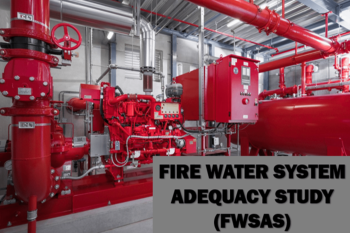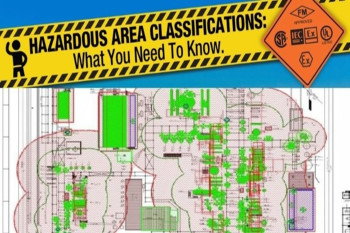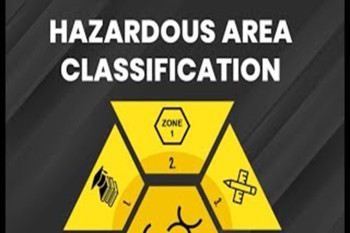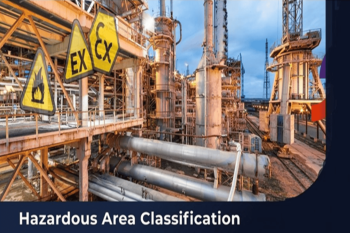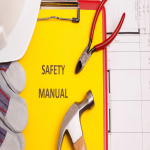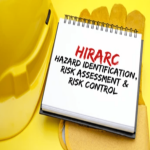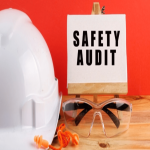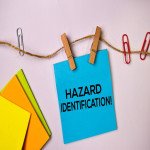DISCLAIMER
HSE Risk Management Services Private Limited accepts no liability or responsibility whatsoever for it in respect of any use of or reliance upon this Methodology by any third party.
Copying this Methodology without the permission of HSE Risk Management Services Private Limited is not permitted.
1. Proposed Methodology
1.1.
Introduction
The Safety Report under Schedule 7 of The Manufacture, Storage And Import of Hazardous Chemicals Rules, 1989 plays a crucial role in ensuring the safe operation and management of facilities handling hazardous substances. This report is mandated to assess and mitigate risks associated with these substances, safeguarding the well-being of personnel, the environment, and surrounding communities.
1.2.
Methodology
· Introduction
Ø Objective:
Clearly state the objective of the Safety Report: to ensure compliance with
Schedule 7 requirements under the MSIHC Rules.
Ø Client
Context: Briefly introduce the client and
their facilities that will be covered in the Safety Report.
· Facility
Identification and Classification
Ø
Identification Process:
Identify and classify
facilities within the client’s operations based on Schedule 7 criteria.
Ø
Criteria
for Classification: Explain the criteria used for classifying facilities under
Schedule 7.
· Hazard
Identification and Risk Assessment
Ø Methodology for Hazard Identification:
Describe the approach for
identifying and assessing hazards associated with the client’s facilities.
Ø Risk Assessment:
Evaluate risks using
established methodologies (qualitative and quantitative) to assess consequences
and likelihood.
· Safety
Management System (SMS) Review
Ø Existing
SMS Evaluation:
Assess the effectiveness of the
client’s current Safety Management System (SMS) against Schedule 7
requirements.
Ø
Gap
Analysis: Identify any gaps or deficiencies in the SMS and propose
enhancements for compliance and improved safety performance.
· Emergency
Preparedness and Response
Ø
Emergency
Planning: Develop and
review emergency response plans specific to the facilities covered by Schedule
7.
Ø
Training
and Drills: Conduct
training sessions and emergency drills to prepare personnel for potential
emergencies.
· Stakeholder
Engagement
Ø
Internal
Stakeholders:
Involve internal stakeholders (management, employees) in safety management and
compliance efforts.
Ø
External
Engagement: Engage with
regulatory authorities, emergency responders, and local communities regarding
safety measures and compliance updates.
· Documentation
and Reporting
Ø
Documentation
Requirements:
Gather and organize necessary documentation for compliance with Schedule 7,
including the preparation of the Safety Report.
Ø
Data
Validation: Validate
collected data to ensure accuracy and reliability in reporting and compliance.
· Quality
Assurance and Improvement
Ø Quality Control: Implement measures to ensure
the quality and reliability of safety data and compliance documentation.
Ø Continuous Improvement:
Commit
to ongoing improvements in safety practices and compliance with Schedule 7
regulations based on findings and feedback.
· Conclusion
Ø Summary: Recap the methodology used to
develop the Safety Report under Schedule 7, emphasizing compliance, safety
enhancement, and client satisfaction.
Ø Next Steps:
Outline
the timeline and deliverables for completing and delivering the Safety Report,
including any follow-up actions or reviews.
1.3.
Guideline Used for Safety Report
- Schedule 7
· The Manufacture, Storage And Import of Hazardous Chemicals Rules, 1989
1.4.
Software to be used
